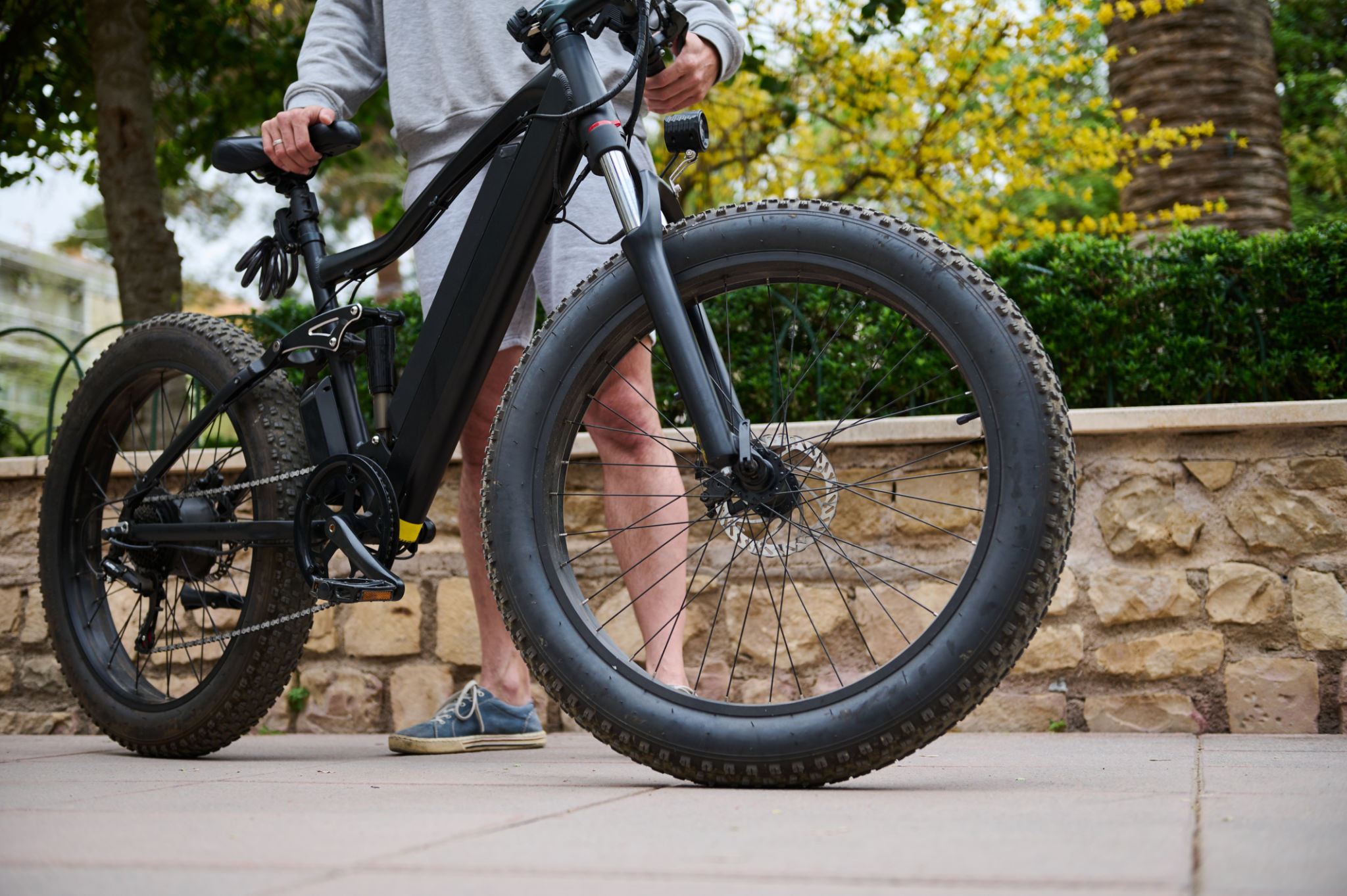Custom E-bike Building Tips: From Concept to Completion
Understanding Your Vision
Building a custom e-bike is an exciting journey that begins with a clear vision. Before diving into the technical aspects, take a moment to define what you want from your e-bike. Are you looking for a powerful commuter bike, a rugged off-road machine, or a sleek design for leisurely rides? Understanding your needs and desires will guide every decision you make in the building process.

Consider the bike's primary purpose and the terrain it will navigate. Will you need a sturdy frame for rough trails or something lightweight for city streets? Also, think about the range and speed you expect from your e-bike. These factors influence the choice of motor, battery, and other components.
Choosing the Right Components
Once you have a clear vision, it's time to select the components that will bring your e-bike to life. The core of any e-bike is its motor and battery. Consider whether you want a mid-drive motor for better torque and balance or a hub motor for simplicity and ease of installation. Battery capacity is crucial, as it dictates how far you can travel on a single charge.
Other essential components include the frame, wheels, brakes, and suspension. When choosing a frame, ensure it's compatible with your chosen motor and battery. For wheels, larger sizes offer better stability, while smaller ones provide agility. Hydraulic disc brakes are recommended for their superior stopping power and reliability.

Designing Your Custom E-bike
The design phase is where creativity meets functionality. Consider the overall aesthetics of your e-bike. What color scheme appeals to you? Do you prefer a minimalist look or something bold and eye-catching? Custom paint jobs or decals can add a personal touch that makes your e-bike truly unique.
Don't forget about ergonomics. Adjusting the handlebars, seat height, and pedal position ensures a comfortable ride tailored to your body. A well-fitted bike not only enhances comfort but also improves efficiency during rides.

Building and Assembling
With all components ready, it's time to start assembling your e-bike. Begin by installing the motor and battery according to manufacturer instructions. Pay close attention to wiring connections to ensure everything functions correctly. It's advisable to have a multimeter handy to check electrical connections.
Next, attach the wheels, brakes, and suspension. Ensure all bolts are tightened to the recommended torque settings for safety. If you're unfamiliar with certain aspects of assembly, consider consulting with a professional or referring to online tutorials for guidance.
Testing and Tuning
Once assembled, it's crucial to test your e-bike thoroughly. Check the functionality of the motor, brakes, and gears. Take your bike for a test ride in a safe area to evaluate its performance. Pay attention to any unusual noises or handling issues that may require adjustments.
Tuning is an ongoing process that involves fine-tuning components to achieve optimal performance. Adjusting tire pressure, brake sensitivity, and gear shifting can make a significant difference in the riding experience.

Maintenance and Upgrades
A custom e-bike requires regular maintenance to keep it running smoothly. Routine checks on the battery, motor, and mechanical components will prolong its lifespan. Consider keeping a maintenance log to track any repairs or replacements.
As technology evolves, you might find opportunities for upgrades. Newer batteries with higher capacities or more efficient motors can enhance your e-bike's performance over time. Staying informed about advancements in e-bike technology allows you to make informed decisions about potential upgrades.
Embarking on the journey of building a custom e-bike is not just about creating a mode of transportation; it's about crafting an extension of your personality and lifestyle. With careful planning and attention to detail, your custom e-bike will offer both functionality and joy for every ride.
